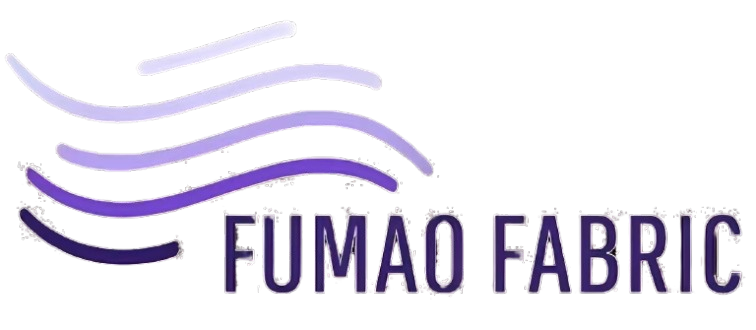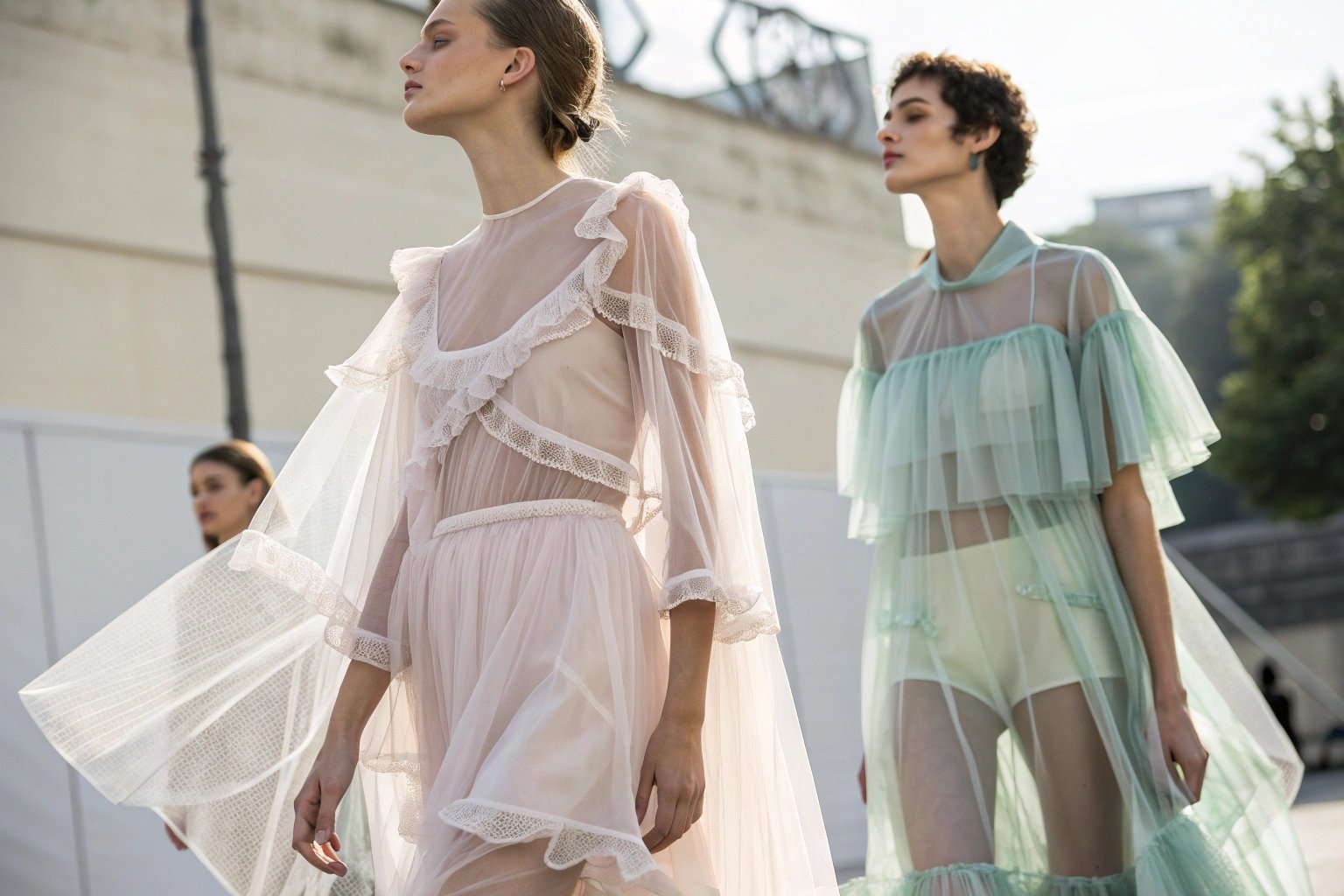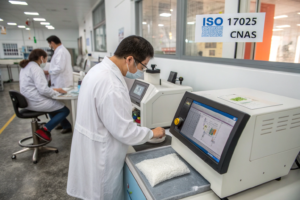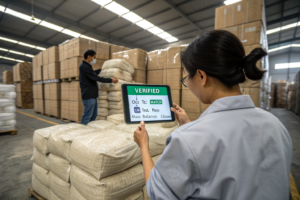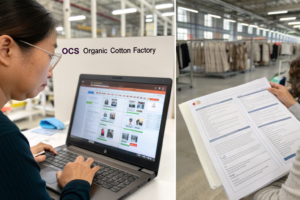Layering is both a fashion statement and a functional solution for changing weather. From breezy spring outfits to moisture-wicking gym wear, choosing the right fabric can make all the difference between elegance and bulk. But not every light fabric is ideal for layering.
The best lightweight fabrics for layering are breathable, soft, drapable, and moisture-managing—like chiffon, modal, rayon, bamboo jersey, and mesh—perfect for versatile and comfortable outfit coordination.
As a fabric supplier based in Keqiao, China, I work with designers and fashion brands across Europe and the U.S. who want stylish, functional layering textiles. Here’s how you can identify—and source—the best ones for your brand or wardrobe.
What Makes a Fabric Ideal for Layering?
Layering isn’t just about adding more—it’s about adding strategically. The base, mid, and outer layers must all serve a function, and the right lightweight fabric helps regulate temperature without adding bulk.
An ideal layering fabric offers a balance of breathability, stretch, drape, and softness—allowing pieces to move together while maintaining comfort.

What Functional Qualities Should You Look For?
- Breathability: Keeps skin dry and regulates temperature
- Stretch: Enhances movement, especially in activewear
- Drape: Ensures elegance without stiffness
- Moisture-wicking: Essential for base layers
- Transparency or texture: Adds dimension to outer layers
Whether you're designing athletic sets, bohemian tops, or capsule wardrobes, selecting the right base and outer layer textiles is crucial. For layering, we often recommend fabrics that perform well in both aesthetic and comfort categories.
Why GSM Matters in Layering?
GSM (grams per square meter) is a quick way to gauge a fabric’s weight. Ideal fabrics for layering typically fall between 80–160 GSM depending on application. For example:
| Layer Type | Recommended GSM |
|---|---|
| Base Layer | 80–120 |
| Mid Layer | 120–150 |
| Outer Light | 140–160 |
At Fumao, we stock lightweight knits and semi-sheer wovens in various GSM levels to help buyers optimize their collections by region and season.
Which Natural Fibers Are Best for Breathable Layers?
Natural fibers remain the top choice for comfort and breathability. These are especially favored in spring/summer layering or loungewear collections that emphasize skin health and sustainability.
Natural lightweight fabrics like modal, cotton voile, bamboo, and linen blends offer excellent layering comfort due to their breathability, softness, and eco-friendliness.
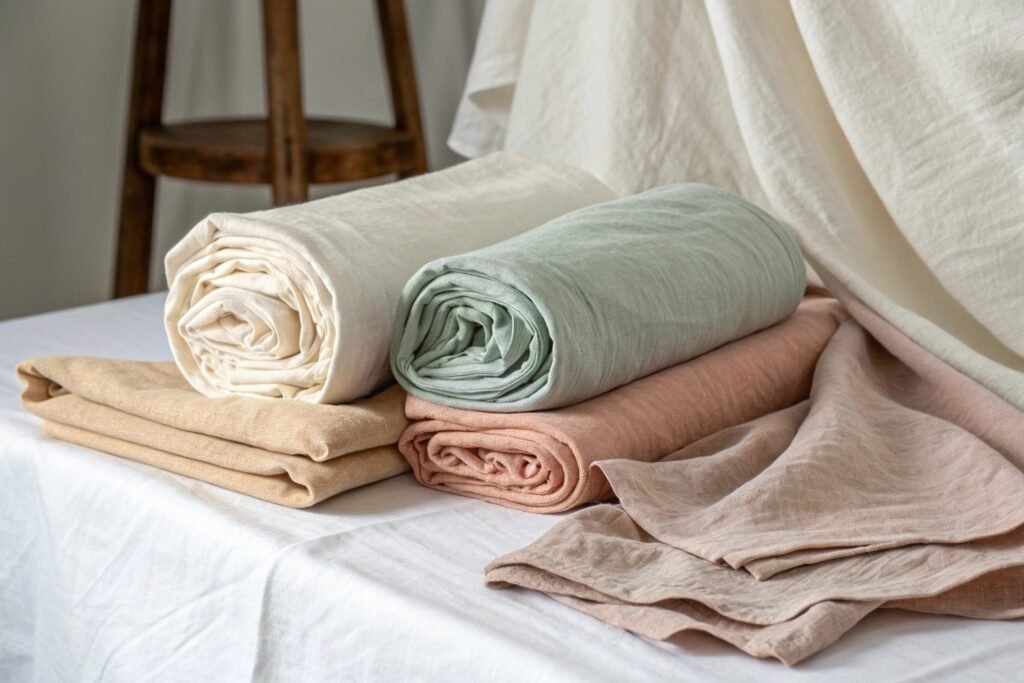
Why Is Modal a Favorite for Base Layers?
Modal is a semi-synthetic made from beech trees but feels like butter on the skin. It's lightweight, breathable, and resists pilling—ideal for close-to-body wear like tank tops or long-sleeve undershirts.
We’ve worked with brands that build entire base layer collections around modal and bamboo blends. It’s especially popular in European markets prioritizing sustainable softness.
How About Bamboo Jersey and Cotton Voile?
- Bamboo Jersey: Naturally antibacterial and moisture-wicking. It drapes well and doesn’t cling, making it ideal for yoga tops or layering tees.
- Cotton Voile: Crisp and semi-sheer, great for outer layering pieces like button-downs and scarves.
We offer OEKO-TEX® certified cotton voile and pre-shrunk bamboo fabrics that are perfect for warm climate layering.
Which Synthetic Fabrics Work Best in Functional Layers?
Synthetic fibers have come a long way. Today’s performance fabrics are lightweight, soft, and engineered to wick moisture and stretch—ideal for athletic, utility, or travel layering systems.
Lightweight synthetics like polyester mesh, nylon tricot, and spandex blends offer technical functionality and structural integrity for active and performance layering.
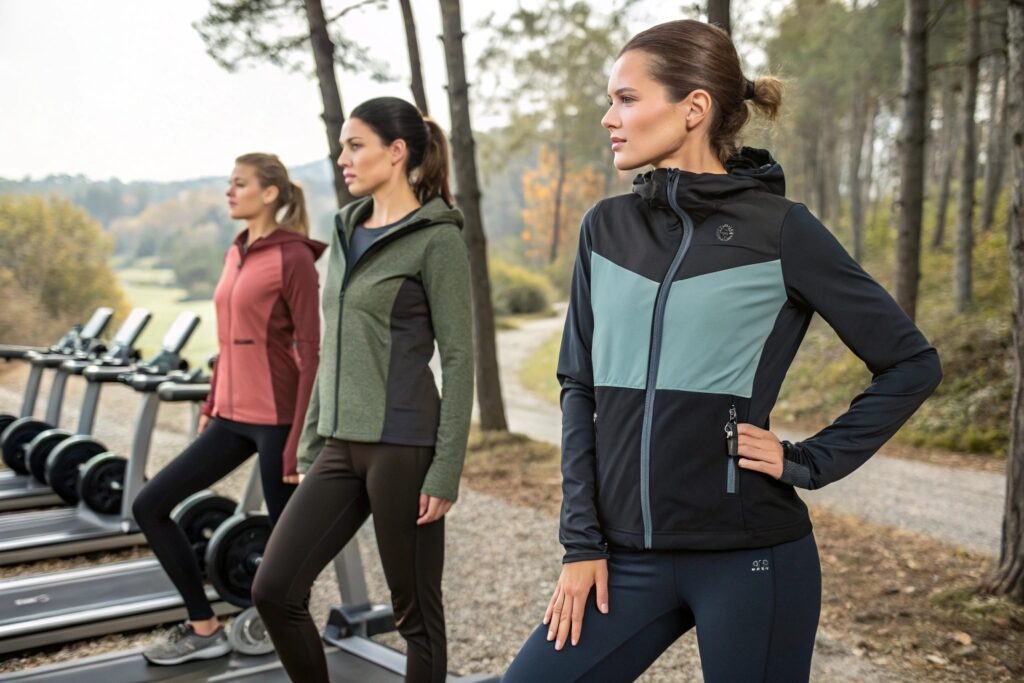
What’s the Role of Polyester Mesh?
Often used in sportswear, mesh adds ventilation and structure without weight. It’s common in:
- Tank top insets
- Underarm panels
- Breathable outer layers
Our polyester mesh fabrics are anti-pilling, anti-odor, and come with moisture-wicking finishes tested in our CNAS lab.
How Do Nylon-Spandex Blends Compare?
For compression wear or close-fit layering, nylon-spandex blends deliver 4-way stretch and high recovery. This is perfect for leggings, base tops, or performance tees.
Many clients ask us for 160–180 GSM warp-knit nylon blends that don’t show through but still feel lightweight. These are especially useful in travelwear and transitional weather apparel.
What Are the Most Stylish Lightweight Fabrics for Visual Layers?
While function matters, so does fashion. Visual layering uses transparent, textured, or shiny fabrics to add depth to outfits without extra heat or weight.
Chiffon, lace, georgette, and burnout knits are ideal for creating stylish outer layers with flow, lightness, and dimension.
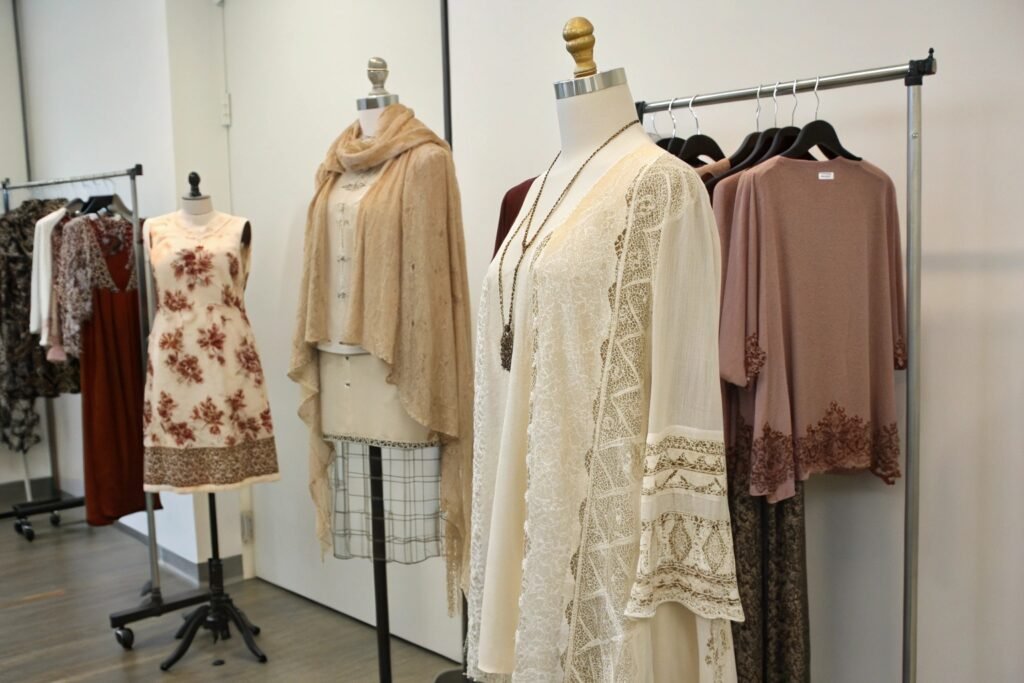
Why Is Chiffon So Popular?
Chiffon is airy, sheer, and flows beautifully. It’s often used in:
- Long outer blouses
- Kimonos and dusters
- Layered dresses and skirts
We export polyester and silk chiffons in over 100 digital print designs, and they pair beautifully with solid knits underneath.
What About Burnout and Lace?
- Burnout Fabrics: These feature semi-sheer patterns created by chemical etching. They add subtle transparency and design depth.
- Lace: Great for sleeve overlays, mid-panels, or neckline detailing.
Our lace library includes stretch floral, guipure, and mesh-backed options ideal for romantic or vintage-inspired collections.
How to Source and Combine Lightweight Fabrics Efficiently?
Layering collections require strategic sourcing—blending weight, texture, and function. Buyers need fabrics that look good alone and work well together.
Smart sourcing of lightweight fabrics involves comparing GSM, handfeel, transparency, and compatibility—while securing quality, inventory, and certifications.

What Should Buyers Ask Suppliers?
At Fumao, we advise buyers to check:
- GSM ranges across options
- Color consistency between layers
- Stretch direction and stability
- Shrinkage and colorfastness
- Certifications (OEKO-TEX®, GRS, etc.)
We provide sample books organized by layering category—base, mid, and visual—so our clients can build collections faster and more confidently.
Should You Source from One Supplier or Multiple?
One-stop sourcing reduces mismatch risk. We provide:
- Over 30,000 lightweight fabric options
- On-demand lab testing (pilling, shrinkage, drape)
- Rapid sample turnaround (24–48h)
- Coordinated dye lots across fabric types
This allows buyers to mix chiffon tops with modal camisoles and bamboo leggings—all matched from one source, reducing lead time and QA issues.
Conclusion
Layering is a creative and practical design tool, but its success depends entirely on fabric choice. The best lightweight fabrics offer not just softness and breathability, but also stretch, visual texture, and durability. At Fumao Fabric, we supply designers and brands around the world with smart, ready-to-layer textiles—from natural cotton voiles to technical mesh knits. Whether you’re launching an athletic line or a seasonal fashion capsule, the right fabrics will turn layers into lifestyle.
